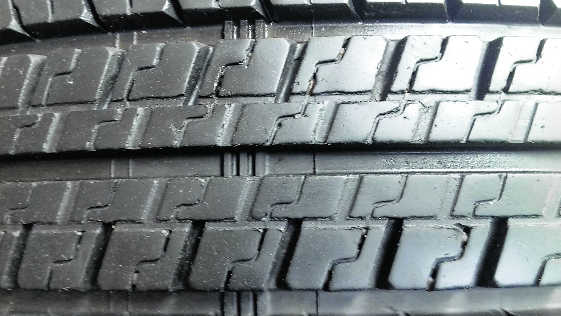
H. Kishie Singh
Recently, I had taken my car for servicing. In the waiting room, the service manager introduced me to a lady. She was having a new headlight fitted on her car.
“How did this happen”? I asked.
“I was driving home. It was raining hard. I
was not driving fast and when I came to the round about the car refused to obey me. I turned
the steering wheel, nothing happened, the car went straight!
“I climbed the pavement and hit the roundabout”.
I knew, or rather suspected, what had happened.
After coffee, we went into the workshop. It was the tyres that were of concern to me.
A quick glance and my suspicions were confirmed. The front tyres were as smooth as the proverbial baby’s bum!
So here is what happened. A sheet of water covered the road. The tyres smooth, devoid of grooves or sipes, had no contact with the tarmac. The car was a projectile with a mind of its own! The momentum gained, made its own trajectory. Steering or no steering, it kept going straight.
This was a classic case of hydroplaning or aquaplaning. The tyres, being smooth, failed to remove the water from under the tyres. The result was that the car was riding on a thin film of water, no contact between tyre and tarmac. Your tyre is the only contact with Mother Earth. A good set of tyres and Mother Earth clutches you to her bosom through rain, hail, snow or slush. The tyre manufacturer knows these things happen, so has helped you to know if your tyres are safe.
First let us understand the tyre. Next time you are out shopping in the marketplace, there is bound to be an SUV with a tyre on the rear door. It is a combination of rubber, nylon, canvas and high tensile steel cables.
You will notice the design on the tyre. This is the tread. The car runs on these grooves which provide traction and stability. They run the length of the tyre. There are also lateral cuts across the tyre, these are called sipes. Their job is to drain water from the grooves away from the tyre. Failing to do so will result in hydroplaning.
Look closely on the shoulder of the tyre and you will find a triangle. This is the TWI, Tyre Wear Indicator. Follow the direction of the triangle and, in the grooves, you will see small ridges at the bottom of the grooves. These are the Tread Wear Indicators, also referred to as NSD, Non-Skid Depth Indicators.
If the ridges are flush with the tyre, the tyre cannot prevent a skid or hydroplaning. The surface that was designed to prevent skidding no longer exists. The safe depth for 2 and 3 wheelers is 0.8 mm. For four wheelers the depth is 1.6.
Currently, the legal speed limit is 120 kmph. It is no problem for any car to get to that speed. It’s the stopping that is important. For that you need good tyres. Check them out.
Happy Motoring!
P.S.: “I was not driving very fast,” said the lady. Hydroplaning does not occur below 55 kmph. The lady was about to go around a roundabout at 60 kmph in pouring rain!



























